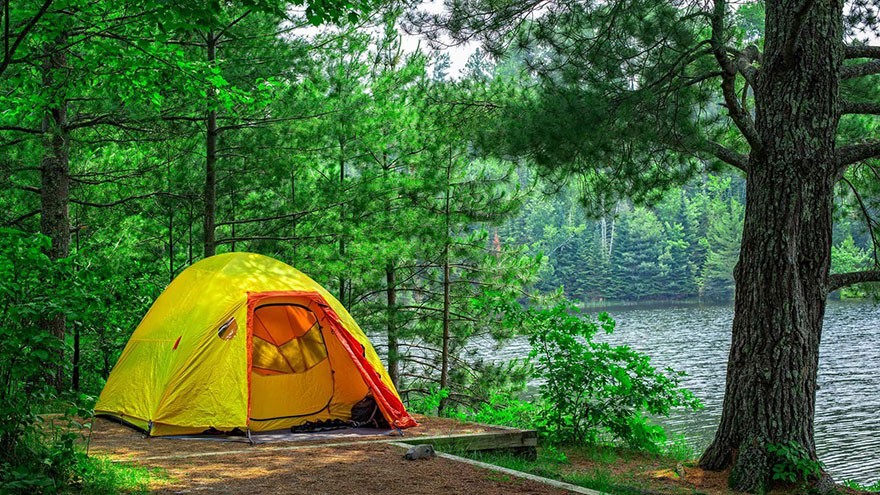How to Go to the Toilet While Camping
You were potty-trained as a baby, but your first backcountry or primitive camping trip will teach you things your mother never did about disposing of human waste.
After having modern flush toilets whisk away human waste, you may feel squeamish about primitive camping, but becoming more comfortable with your own body and its natural functions is an important benefit of wilderness adventure.

Learn the Rules
Most campgrounds, parks and wilderness areas have regulations concerning where you can urinate or defecate and how to dispose of human waste. The park staff work out these rules based on user feedback, wildlife presence, weather and patterns of human use.
They vary not only among camping areas, but also may change depending on the season, your group size and your specific campsite. No matter how experienced a camper you are, read all posted rules and handouts to ensure that you are up to date.
The Crowded Wilderness
With national parks having more than 273 million visitors in 2013, people not disposing of human waste properly leads to foul odors and attracts insects and vermin.
Even worse, human waste improperly buried or deposited too close to water sources can spread giardia and other water-borne parasites and diseases. As human waste decomposes at different rates depending on temperature and soil type, preferred waste disposal methods vary depending on season and location.
Where to Go
Just as in real estate, what matters most when urinating or defecating while camping is location. Choose a site at least 200 feet or 70 steps from the nearest water source, trail or campsite. Even if this seems like a long walk on a cold dark camping night, the distance keeps water sources safe and reduces odors.
If you are in a large group, don’t all go in the same place; choose widely dispersed sites for privacy and hygiene. Waste decomposes fastest in areas with deep soil that are exposed to the sun.
Take It or Leave It
Many heavily used camping areas, especially by rivers, require users to pack out all solid waste, including feces and toilet tissue. Carry a sealable plastic sandwich bag to an area with loose or sandy soil.
After defecating or using toilet tissue, turn the bag inside out and use it to scoop up the feces or tissue and then close the bag. Store bags in a tightly sealed container such as an ammo box or a heavy duty plastic bag.
Cat Holes
If you won’t be packing out your waste, bury it. Use a small shovel or trowel to dig an 8-inch deep cat hole in loose organic soil; studies have shown this to be the minimum depth to allow for rapid decomposition and minimize human waste being dug up be animals.
After squatting down and depositing feces or urine in the hole, cover up the hole with soil and restore the area to a pristine condition.
You Might Also Like : How to Stay Cool While Tent Camping
Check out the video version of this article on YouTube

